Category
Recent Comments
Archives
Categories
Popular
-
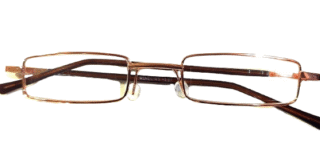 Pen Style Reading Glasses for Men & Women +1.00 to +3.00 Slim Pocket Readers with Aluminum Case & Cleaning Cloth Compact Lightweight Unisex Eyeglasses (Gold, Brown, Grey)
Pen Style Reading Glasses for Men & Women +1.00 to +3.00 Slim Pocket Readers with Aluminum Case & Cleaning Cloth Compact Lightweight Unisex Eyeglasses (Gold, Brown, Grey)
₹599.00Original price was: ₹599.00.₹229.00Current price is: ₹229.00. -
 U-Shaped Toothbrush Kids Toddler Toothbrush- (Pack Of 2)
U-Shaped Toothbrush Kids Toddler Toothbrush- (Pack Of 2)
₹499.00Original price was: ₹499.00.₹249.00Current price is: ₹249.00. -
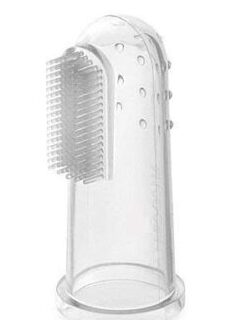 Gentle & Safe Baby Oral Care: Silicone Finger Brush Set (2-Pack)
Gentle & Safe Baby Oral Care: Silicone Finger Brush Set (2-Pack)
₹399.00Original price was: ₹399.00.₹199.00Current price is: ₹199.00. -
 Versatile 4-in-1 Keychain Light with Laser Pointer & Multi-Color LED
Versatile 4-in-1 Keychain Light with Laser Pointer & Multi-Color LED
₹699.00Original price was: ₹699.00.₹249.00Current price is: ₹249.00. -
 Enchanting Multicolour Butterfly Hair Claw Clip
₹199.00 – ₹249.00Price range: ₹199.00 through ₹249.00
Enchanting Multicolour Butterfly Hair Claw Clip
₹199.00 – ₹249.00Price range: ₹199.00 through ₹249.00
Tag Clouds

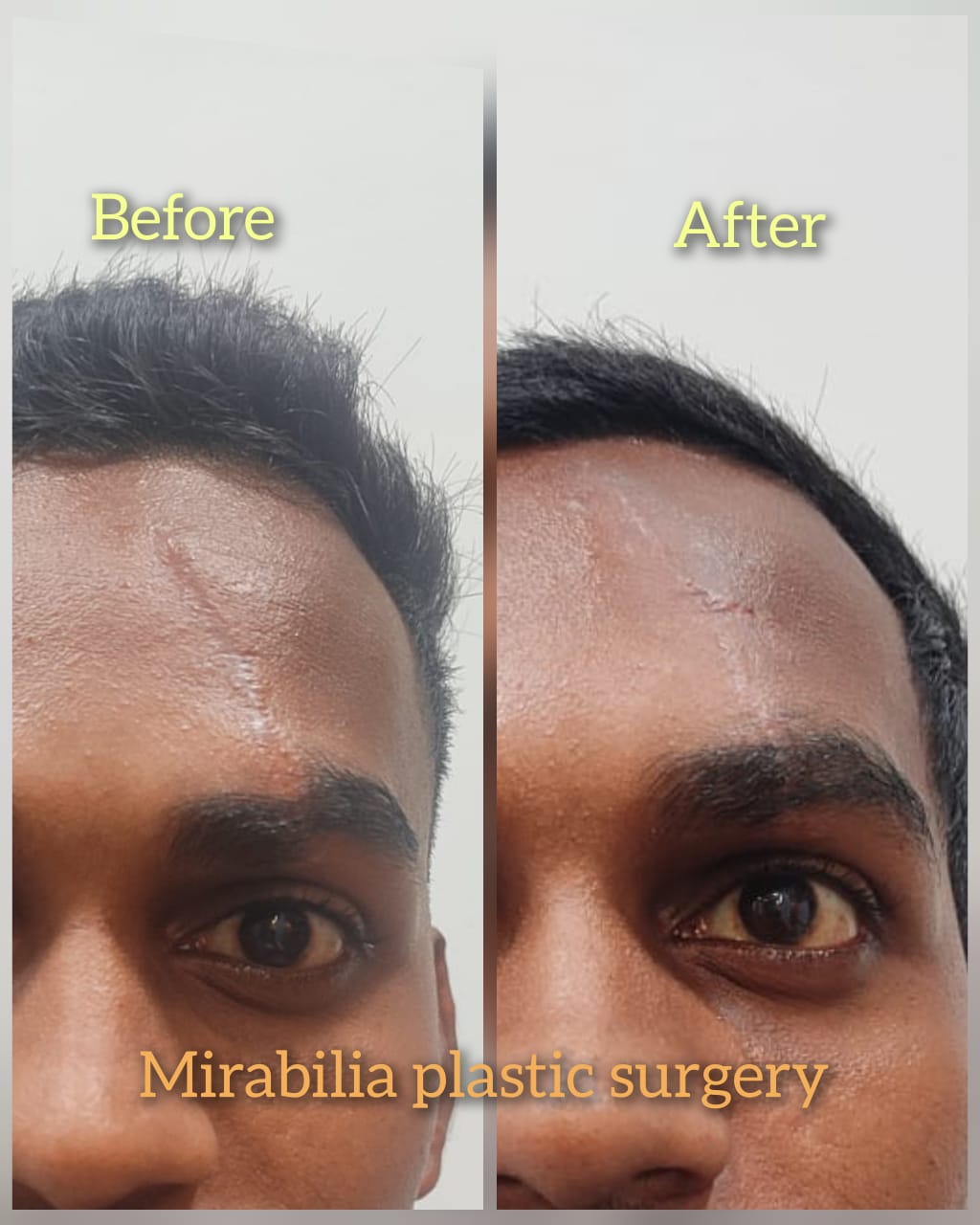
Mirabilia Plastic Surgery – Where Beauty Meets Affordability
At Mirabilia Plastic Surgery, we believe that everyone deserves to feel confident in their own skin—without compromising on quality or cost. Located in the heart of Delhi /NCR, our clinic offers world-class cosmetic and reconstructive procedures at prices that make transformation accessible.
Led by experienced, board-certified Highly Qualified Surgeons, Mirabilia Plastic Surgery Clinic combines advanced medical technology with a personalized approach to deliver natural-looking results. From facial enhancements and body contouring to skin rejuvenation and reconstructive care, we tailor every treatment to your unique goals and lifestyle.
Whether you’re seeking subtle refinement or a bold change, Mirabilia is your trusted partner on the journey to self-confidence—because beauty should never be out of reach.
Feel Free to Enquire for:
Breast Reduction
Breast reduction surgery, also known as reduction mammoplasty, is a surgical procedure to remove excess breast fat, glandular tissue, and skin to achieve a breast size more proportionate to your body and to alleviate discomfort associated with overly large breasts.
Common Reasons for Breast Reduction:
- Physical Discomfort: Large breasts can cause a variety of physical symptoms, including chronic back, neck, and shoulder pain, deep grooves in the shoulders from bra straps, skin irritation under the breasts, and nerve pain.
- Activity Limitations: Many individuals find that large breasts interfere with physical activities and exercise.
- Proportionality and Aesthetics: Some seek surgery to achieve a more balanced figure and improve self-confidence.
- Psychological Impact: Overly large breasts can lead to self-consciousness and emotional distress.
The Procedure:
Breast reduction surgery is typically performed under general anesthesia. Various surgical techniques exist, but generally, incisions are made to allow for the removal of excess tissue and skin. The nipple and areola are usually repositioned to a higher, more natural position. The remaining breast tissue is then reshaped, and the incisions are closed, resulting in smaller, lighter, and firmer breasts.
Potential Benefits:
- Alleviation of physical pain and discomfort.
- Improved ability to participate in physical activities.
- Enhanced self-esteem and body image.
- Easier to find clothing that fits well.
Important Considerations:
- Consultation: A thorough consultation with a board-certified plastic surgeon is essential to discuss your goals, assess your health, and determine the most appropriate surgical approach.
- Risks and Recovery: Like any surgical procedure, breast reduction carries potential risks, including scarring, infection, changes in sensation, and asymmetry. Recovery involves downtime and specific post-operative care instructions.
- Expected Results: While the goal is significant reduction and improvement in symptoms, perfect symmetry may not be achievable, and results can vary. Scarring will be permanent but typically fades over time.
This description provides a general overview. For detailed and personalized information, always book an Appointment
Liposuction:
Liposuction is a cosmetic surgical procedure that removes excess fat deposits from specific areas of the body to reshape and contour the figure. It is not intended as a weight-loss method, but rather for individuals who are at or close to their ideal weight but have localized areas of stubborn fat that haven’t responded to diet and exercise.
Targeted Areas:
Liposuction can effectively remove fat from various parts of the body, including:
- Abdomen and waist
- Thighs (inner and outer)
- Hips and buttocks
- Arms
- Neck and chin (double chin)
- Back
- Calves and ankles
- Male breasts (gynecomastia)
The Procedure:
During liposuction, small, inconspicuous incisions are made in the target area. A thin tube called a cannula is then inserted through these incisions. The cannula is moved back and forth to loosen the excess fat, which is then suctioned out of the body using a surgical vacuum or syringe. There are several different techniques, including:
- Tumescent Liposuction: A large volume of saline solution containing lidocaine (a local anesthetic) and epinephrine (a drug that constricts blood vessels) is injected into the fat area before fat removal. This makes fat removal easier, reduces blood loss, and provides numbing during and after the procedure.
- Super-Wet Technique: Similar to tumescent, but uses less fluid.
- Ultrasound-Assisted Liposuction (UAL): Uses ultrasonic energy to liquefy fat cells before they are suctioned out.
- Laser-Assisted Liposuction (LAL): Uses laser energy to liquefy fat cells.
Potential Benefits:
- Improved body contours and proportions.
- Reduction of localized fat bulges.
- Enhanced self-confidence and body image.
- Permanent removal of fat cells in treated areas (though remaining fat cells can still expand if weight is gained).
Important Considerations:
- Consultation: A thorough consultation with a board-certified plastic surgeon is crucial to discuss your aesthetic goals, assess your suitability for the procedure, and determine the best technique for you.
- Not a Weight Loss Solution: Liposuction is for contouring, not for significant weight loss.
- Risks and Recovery: Like any surgical procedure, liposuction carries potential risks, including bruising, swelling, numbness, infection, and contour irregularities. Recovery involves wearing compression garments and experiencing some downtime.
- Expected Results: Results are generally long-lasting if a stable weight is maintained. It’s important to have realistic expectations.
This description provides a general overview. For detailed and personalized information, always book an Appointment
Gynaecomastia Surgery:
Gynecomastia surgery, also known as male breast reduction, is a surgical procedure to correct enlarged male breasts. This condition, gynecomastia, can affect one or both breasts and is often caused by a hormonal imbalance, certain medications, obesity, or genetics. While not typically a serious medical problem, it can cause significant emotional distress, self-consciousness, and discomfort for affected individuals.
Reasons for Gynecomastia Surgery:
- Physical Discomfort: Tenderness, pain, or sensitivity in the breast area.
- Aesthetic Concerns: Desire for a flatter, more masculine chest contour.
- Psychological Impact: Self-consciousness, embarrassment, or avoidance of certain clothing or activities (like swimming or shirtless activities).
- Lack of Response to Other Methods: When diet, exercise, or addressing underlying medical conditions haven’t reduced the breast size.
The Procedure:
Gynecomastia surgery is typically performed under local anesthesia with sedation or general anesthesia. The technique used depends on the amount of glandular tissue and fat to be removed.
- Liposuction: If the gynecomastia is primarily due to excess fatty tissue, liposuction alone may be sufficient. Small incisions are made, and a cannula is used to suction out the fat.
- Excision (Surgical Removal): If there is a significant amount of glandular tissue or excess skin, surgical excision will be used. This involves removing the glandular tissue, fat, and excess skin with a scalpel. Incisions are typically made around the edge of the areola or within the natural creases of the chest to minimize visible scarring. In some cases, the nipple and areola may need to be repositioned for a more natural appearance.
- Combination: Often, a combination of liposuction and excision is used to achieve the best results.
Potential Benefits:
- A flatter, firmer, and more masculine chest contour.
- Alleviation of physical discomfort.
- Improved self-confidence and body image.
- Greater comfort and freedom in clothing choices and physical activities.
Important Considerations:
- Consultation: A thorough consultation with a board-certified plastic surgeon is crucial to assess your condition, discuss your goals, review medical history, and determine the most appropriate surgical approach.
- Risks and Recovery: Like any surgical procedure, gynecomastia surgery carries potential risks, including bruising, swelling, numbness, infection, and contour irregularities. Recovery involves downtime, potential drainage tubes, and wearing a compression garment to aid healing and optimize results.
- Expected Results: Results are generally long-lasting, provided a stable weight is maintained. Scarring will be permanent but typically fades over time and is often strategically placed to be less noticeable.
This description provides a general overview. For detailed and personalized information, always book an Appointment
Our Results:
Dimpleplasty:
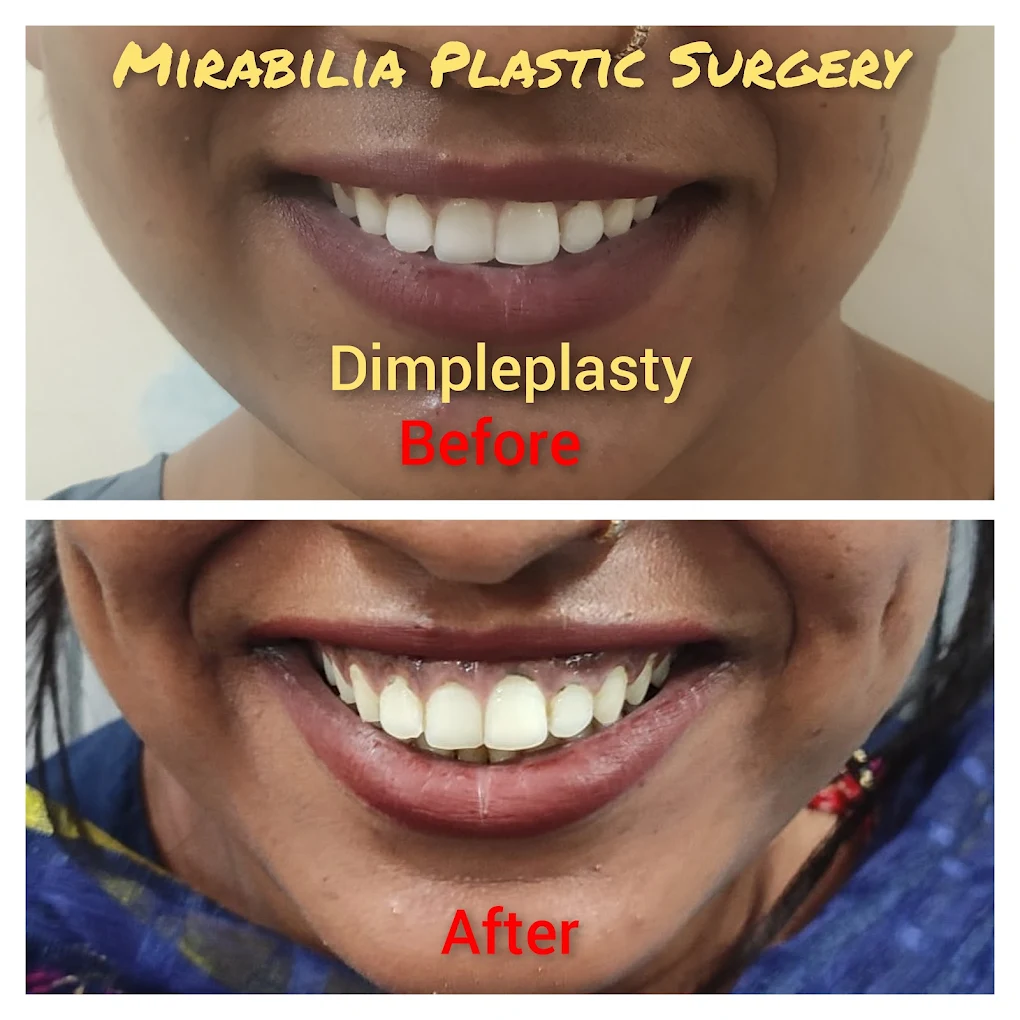
Post Trauma Defect Closure:
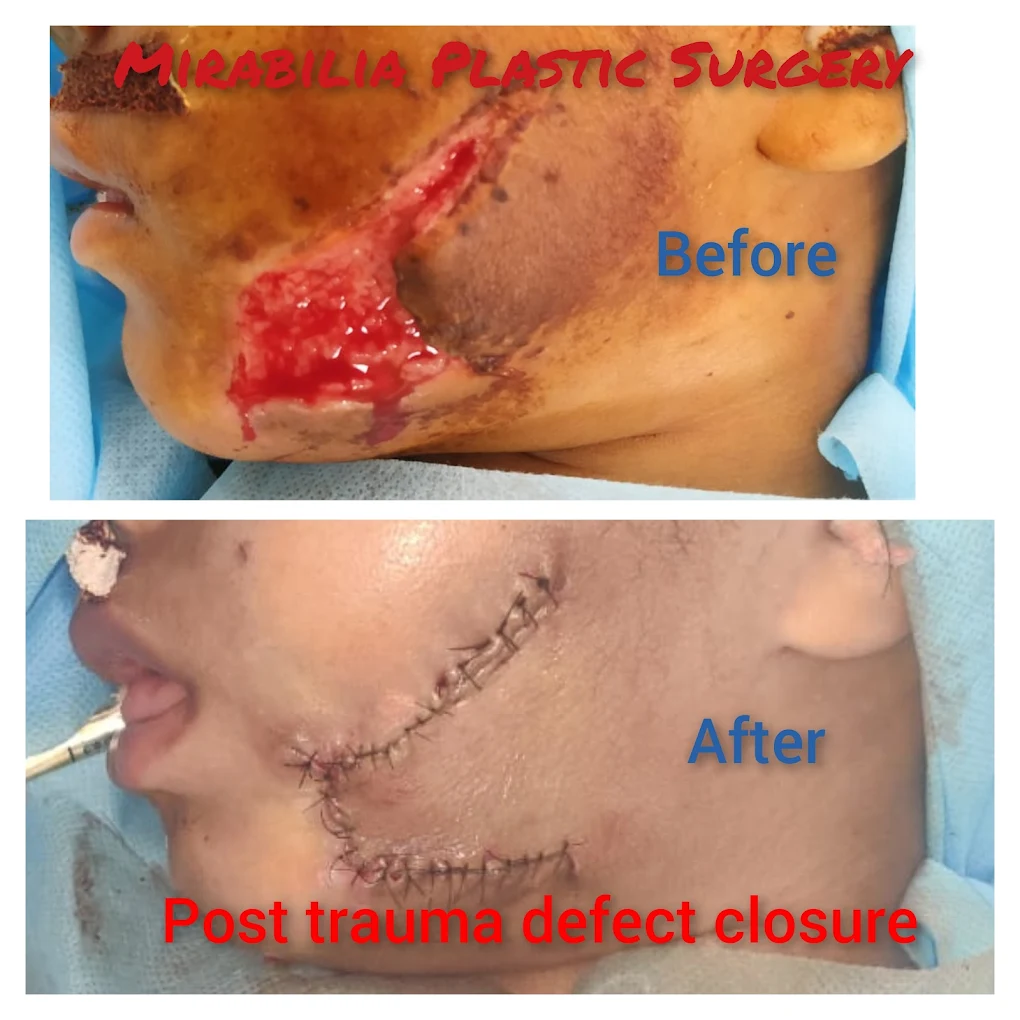
Ear Laceration Repair:
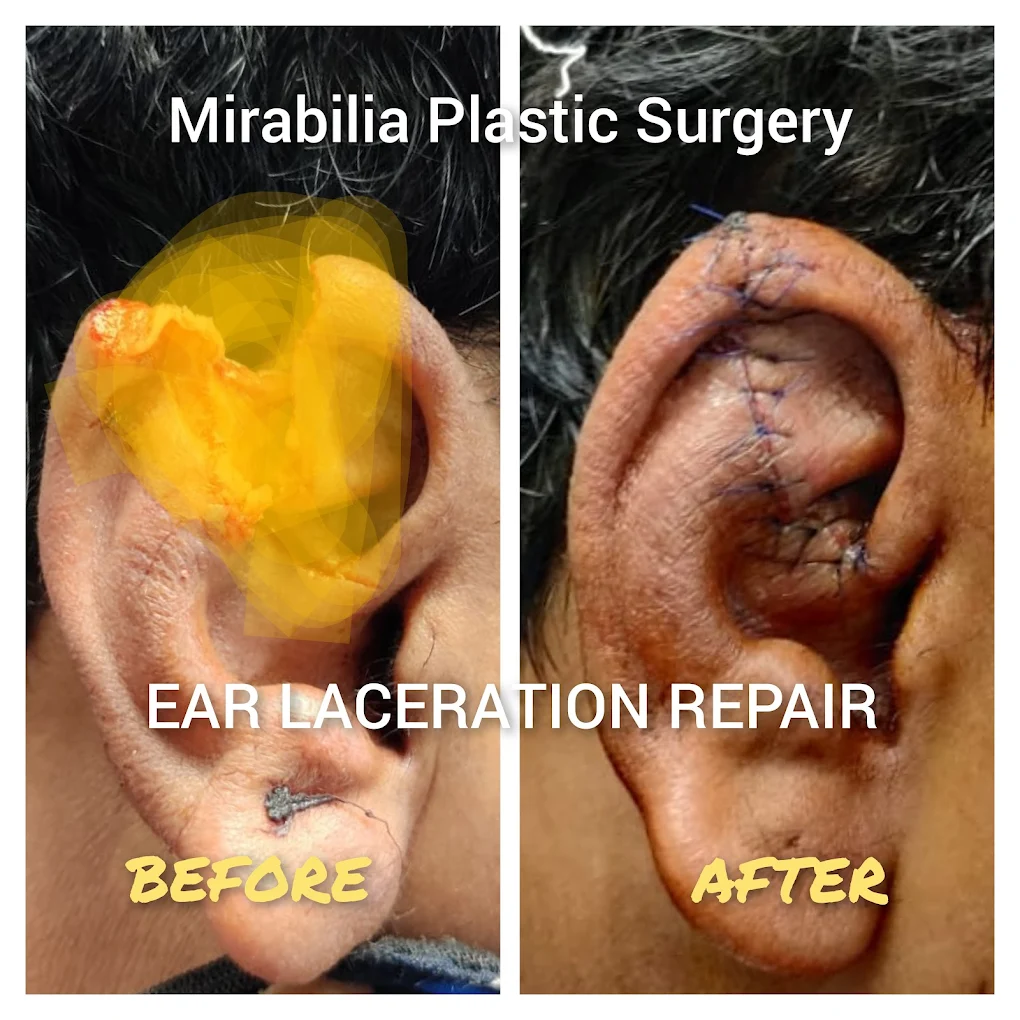
Scar Revision Surgery:
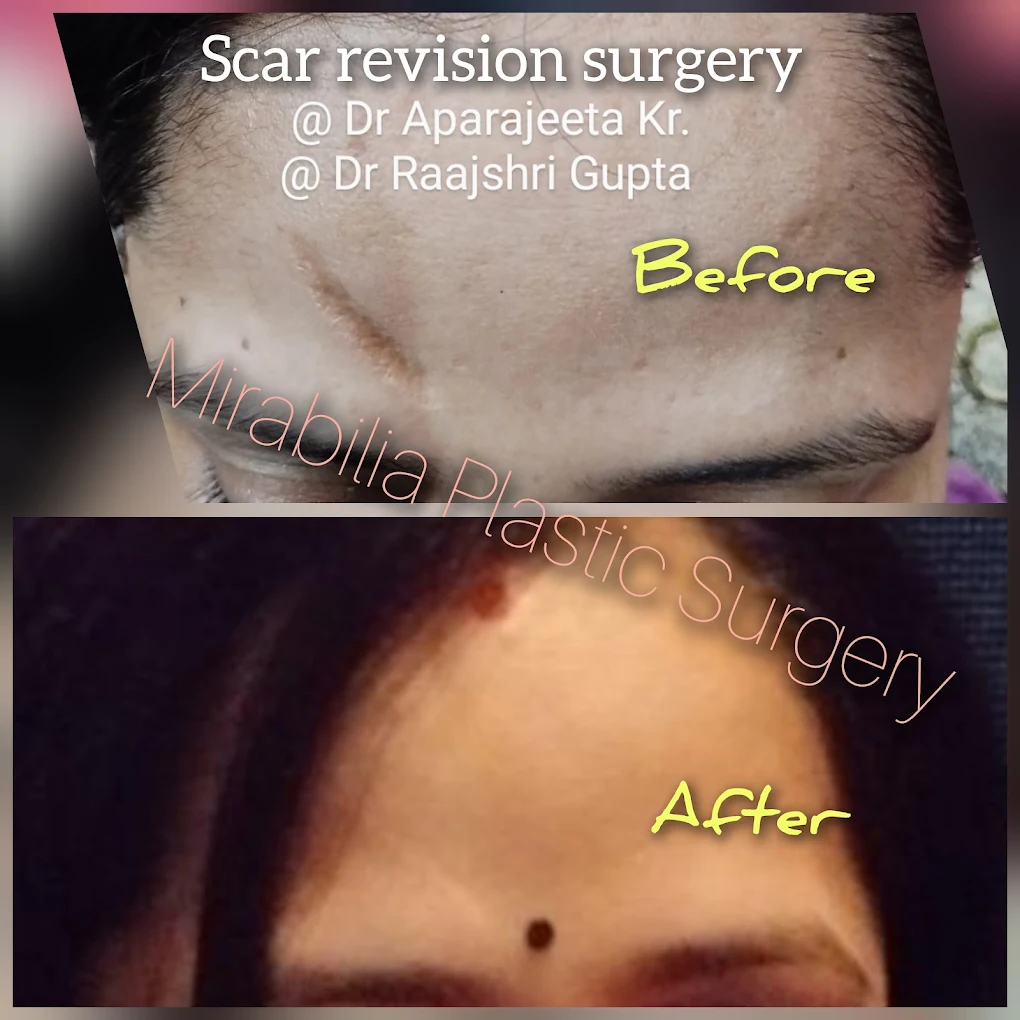
Body Contouring
Read More
Breast Surgery
Read More
Rhinoplasty Surgery
Read More


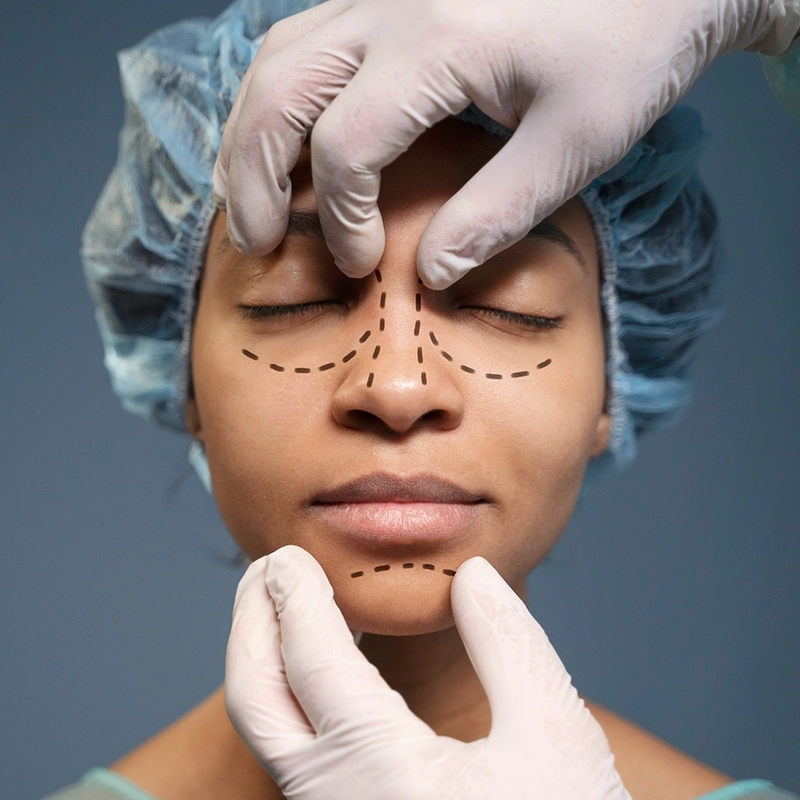
Facelift Surgery
Read More



Leave a Reply